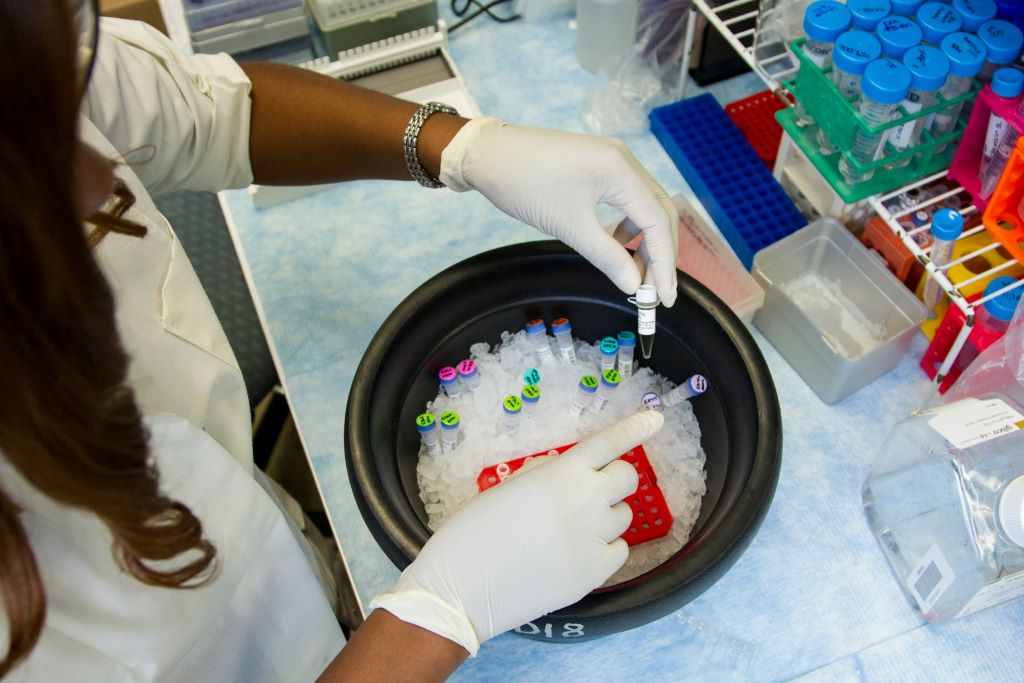Freezer Failure Ruins Decades of Medical Samples in Sweden

During the 2023 Christmas holidays, a freezer failure occurred at the Karolinska Institutet’s Neo building, where the automatic refilling of cryotanks with liquid nitrogen was interrupted for some reason. As a result, the temperature in 16 of 19 cryogenic tanks rose and large amounts of biological research material have been destroyed, including medical research samples which stretch back for decades.
An investigation with internal and external experts is now underway to find out how this failure could have happened, although there are no signs of sabotage. On the evening of 22 December, the level of liquid nitrogen in the Neo building’s cryo tanks, which contain biomaterial and cell lines from multiple departments, was due to be routinely topped up from an external tank.
The automatic refilling of nitrogen ensures that the correct temperature of -190°C can be maintained in the isothermal (cryo) tanks.
However, for reasons unknown, the flow of nitrogen from the external storage tank malfunctioned that evening, and the temperature in 16 of the tanks rose.
Automatic alarm
The cryotanks are able to maintain a sufficiently low temperature for up to 96 hours without refilling. During the Christmas break, they remained un-refilled for around 120 hours, and their internal temperature increased.
“When the flow of nitrogen ceased on 22 December, an automatic alert was supposed to be sent out, both by email and SMS, to registered owners of material in the freezers. However, a malfunction in the alarm unit meant that the alerts did not work properly. The email reached the recipients, but the texts got stuck in the server and never arrived,” explains Elisabeth Raschperger, researcher and senior lab manager at Neo.
According to Dr Raschperger, there has been a history of false alarms from freezers and cryotanks at Neo, partly caused by overly sensitive settings for when alarms should go off.
The alarm supplier inspected the system in 2023 and gave approval for its continued use in November.
Troubleshooting by the suppliers
Five days after the incident when the Neo service team found out what had happened, they called in the suppliers to make an initial check of the valves, pipes and pressure regulation tanks. The alarm was also tested.
“The companies went through every part of the system and found no faults or indications that any piece of equipment was faulty or broken, with the exception of the SMS alarm,” says Dr Raschperger. “We also looked through the operational logbook for the external nitrogen tank for October, November and December, and the refilling system had been working perfectly.”
The affected departments
From a research perspective, the Department of Medicine, Huddinge (MedH), was most affected, but so too were researchers at the Department of Biosciences and Nutrition (BioNut).
“At MedH, the research areas of haematology, endocrinology and cardiology have been particularly affected by the crash. It involves a very large amount of irreplaceable research material with samples, cell lines and biomaterials collected over decades,” says Professor Petter Höglund, head of MedH. He continues:
“The affected research teams are now working to take stock of the full extent of the losses. The analyses made so far speak for themselves: the malfunction will have far-reaching consequences for the department’s research in the affected areas.”
The staff at Neo, BioNut and MedH receive regular updates on the incident and the steps being taken to investigate the cause. They are also receiving crisis support from HR.
Expert inquiry
An inquiry to ensure that the incident never happens again is now underway. The inquiry will take a technical and procedural – rather than a personal – approach to chart and analyse the incident and look into how KI can build sustainable, robust systems going forward. Pending the inquiry’s report, it is important not to make a bad situation worse.
“Rumours are circulating that the malfunction was an act of sabotage,” says Dr Raschperger. “I would like to emphasise that there are at the present no such indications, and urge everyone to wait for the experts’ conclusions.”
Source: Karolinska Institutet




